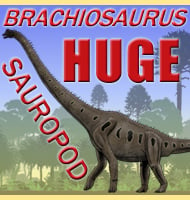Eomanis
In Depth The name Eomanis is a reference to how this ancient pangolin appeared long before the genus Manis, the only known genus of pangolin that is alive today. Unless future discoveries prove otherwise, Eomanis is the first known scaled pangolin, though the scales seem to have covered only the body and not the legs … Read more
